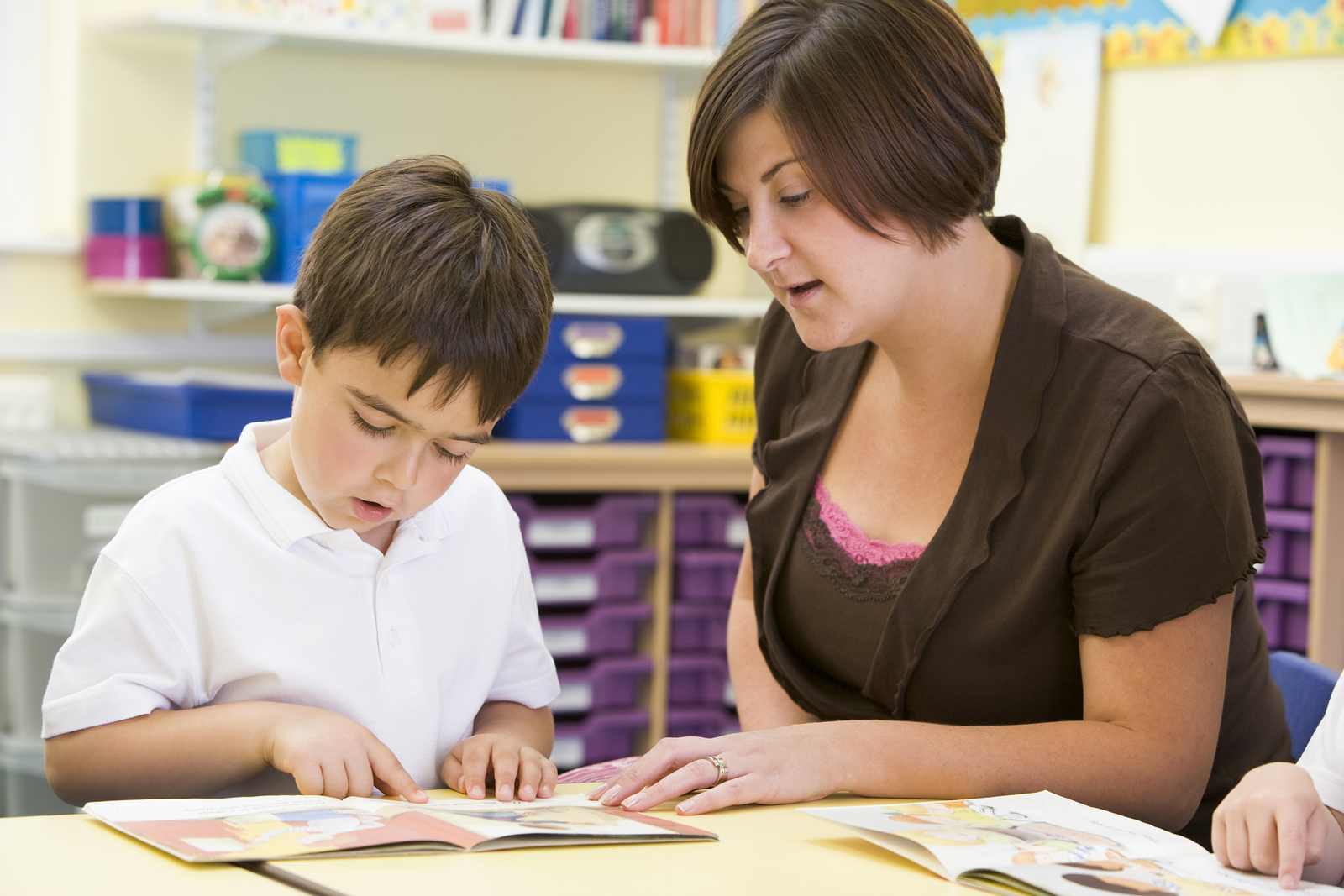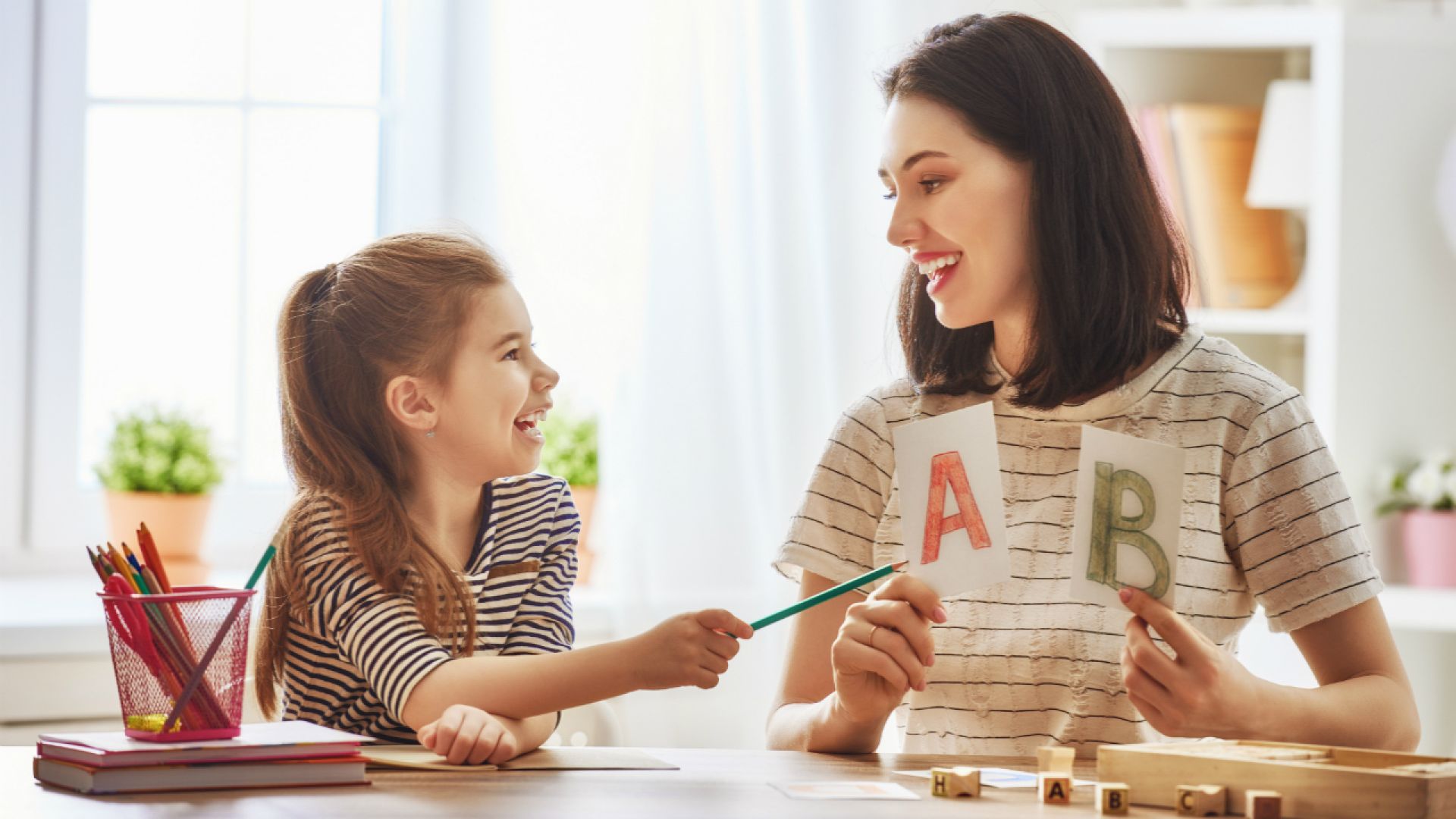How to teach your child to read: important rules and effective techniques and gre verbal practice
How to teach your child to read: important rules and effective techniques and gre verbal practice
Teach a preschooler to read without taking interest in books, really. Lifehacker has chosen the best ways for responsible parents.

How do you know it’s time: signs of psychological readiness.
The child speaks freely with sentences and understands the meaning of what is said.
The child distinguishes between sounds (what speech therapists call developed phonemic hearing). Simply put, the child can easily hear where the house and the bow are, and where the hatch is.
Your child pronounces all the sounds and has no speech problems.
The baby understands directions: left to right, top to bottom. Let’s skip the point that adults often confuse right and left. To teach reading, it is important that the child can follow the text from left to right and from top to bottom.
8 rules that will help teach your child to read, gre verbal practice
Give me an example.
In a family with a culture and tradition of reading, children will reach for books themselves. Read not because it is necessary and useful, but because it is for your pleasure.
Read together and discuss
You read aloud and then look at the picture together, encouraging your child to interact with the book: “Who is it drawn by? And show the cat’s ears? And who’s that standing next to it?” Older children can ask more difficult questions: “Why did he do this? What do you think will happen next?”
Show that there are letters everywhere.
Play the game. Let the child find the letters that surround him in the street and at home. These are the names of shops, and memos on info stands, and even the messages of traffic lights: sometimes the green lights up with the inscription “Go”, and the red lights up with the inscription “Wait for so many seconds”.
Play .
And play again. Dice with letters and syllables, make up words, ask your child to read you some sign or inscription on the package in the store.
Take every opportunity to work out.
Whether you are sitting in line at the clinic or going somewhere, take out a book with pictures and short stories to them and invite your child to read together.
Build on success
Repeat familiar texts, look for new stories of already known heroes. Runaway bunny meets both in Teremka and Kolobka.
Don’t make him
That’s probably the most important thing. Don’t take away a child’s childhood. Teaching should not go through violence and tears.
Six time-tested methods…
ABCs and letters
Traditional, but the longest journey. The difference of these books is that the alphabet fixes each letter with a mnemonic picture: a drum will be drawn on the page with B, and next to Yu – yula. The alphabet helps to memorize letters and – often – interesting poems, but will not teach to read.
The ABC consistently teaches the child to combine sounds in syllables, and syllables – in words. Gre verbal practice for children. This process is not easy and requires perseverance.

There are quite a few author’s letters now. According to the books of Nadezhda Betenkova, Vseslav Goretsky, Dmitry Fonin, Natalia Pavlova, children can study with their parents before school, as well as in the first grade.
Parents agree that one of the most understandable methods for teaching preschoolers is the ABC book by Nadezhda Zhukova. The author simply explains the most difficult thing for a child: how to turn letters into syllables, how to read ma-ma, and not to start calling individual letters ma-a-ma-a.
Zaitsev’s cubes.
If at training on an alphabet the child consistently learns letters and syllables, in 52 cubes of Zajcev it is given access at once to everything: separate letter or combinations of a consonant and a vowel, a consonant and a firm or soft sign.
The child learns the difference between deaf and ringing sounds because the cubes with deaf consonants are filled with wood, and the cubes with ringing sounds are filled with metal.
The dice are also different in size. The big ones have hard warehouses, the small ones have soft ones. The author of the method explains it by the fact that when we say on (hard warehouse), the mouth opens wide, nor (soft warehouse) – lips in a semi-smile.
The set includes tables with warehouses, which a parent sings (yes, yes, he does not say, namely, sings) to his child.
The child quickly mastered warehouse reading with the help of cubes, but can begin to swallow the endings and will face difficulties already at school when parsing the word by composition.
- Reading on Montessori
Reading on Montessori comes from the opposite: first we write and only then we read. Past tense of ride for children. Letters are the same pictures, so first you have to learn to draw them and only then do the pronunciation and reading. Children start by circling and shading the letters and thus remembering their inscriptions. When several vowels and consonants are studied, they move on to the first simple words.
Much attention is paid to the tactile component, so children can literally touch the alphabet cut out of rough or velvety paper.
The value of the technique lies in learning through play. So, you can put in front of the child a rough letter and a plate of semolina and offer to first circle the sign with your finger, and then repeat it on the semolina.
The difficulty for parents is buying or preparing a significant amount of handouts.